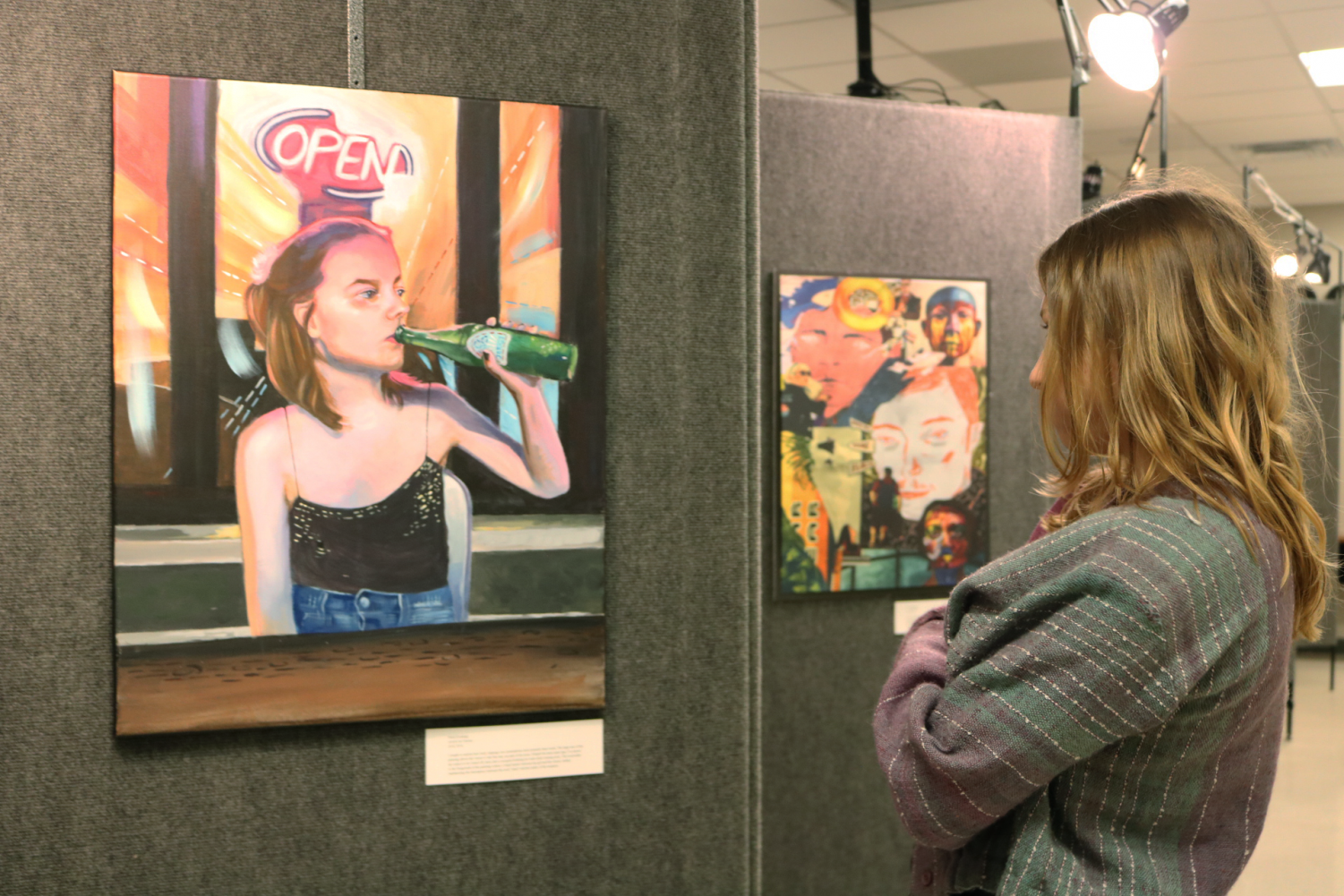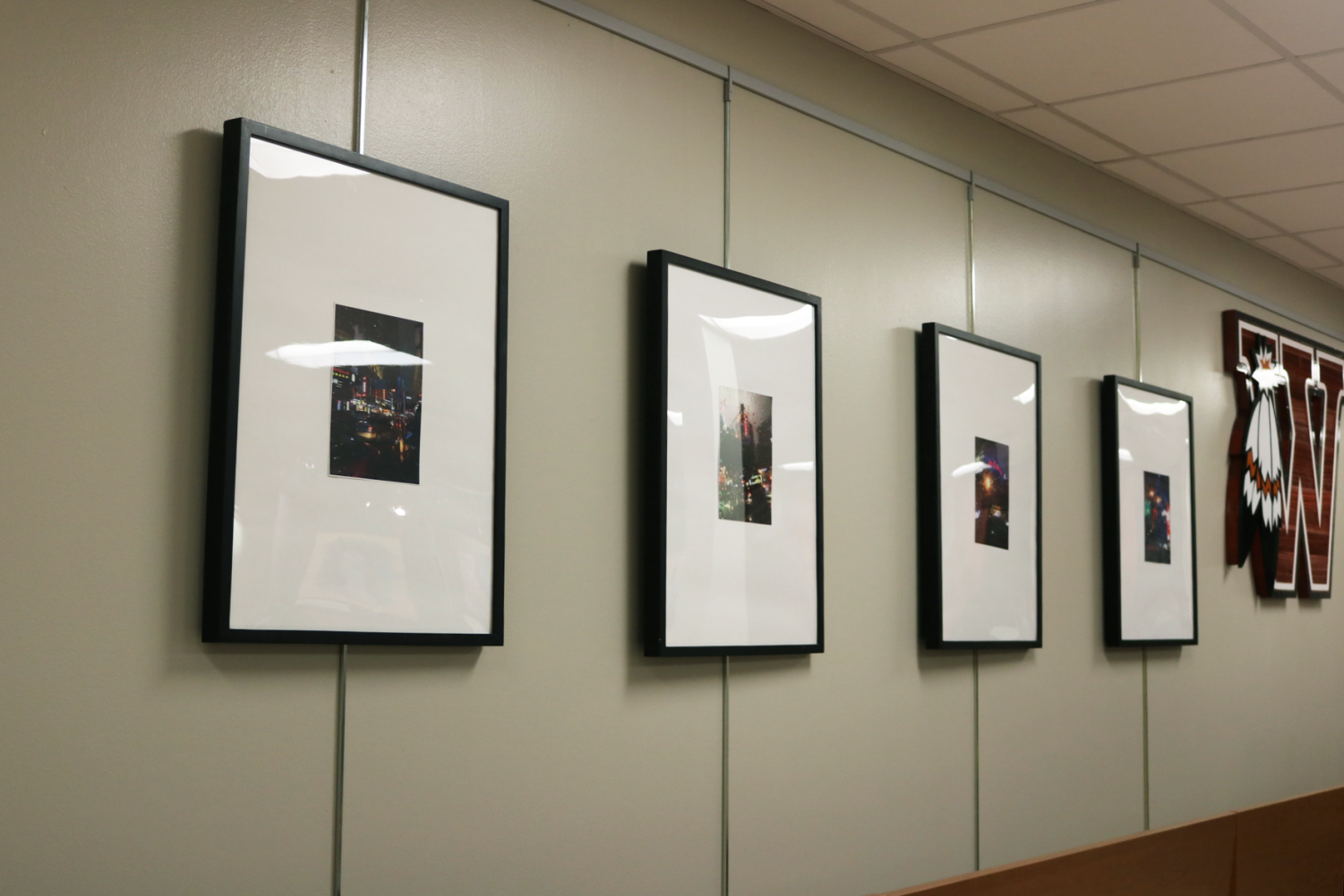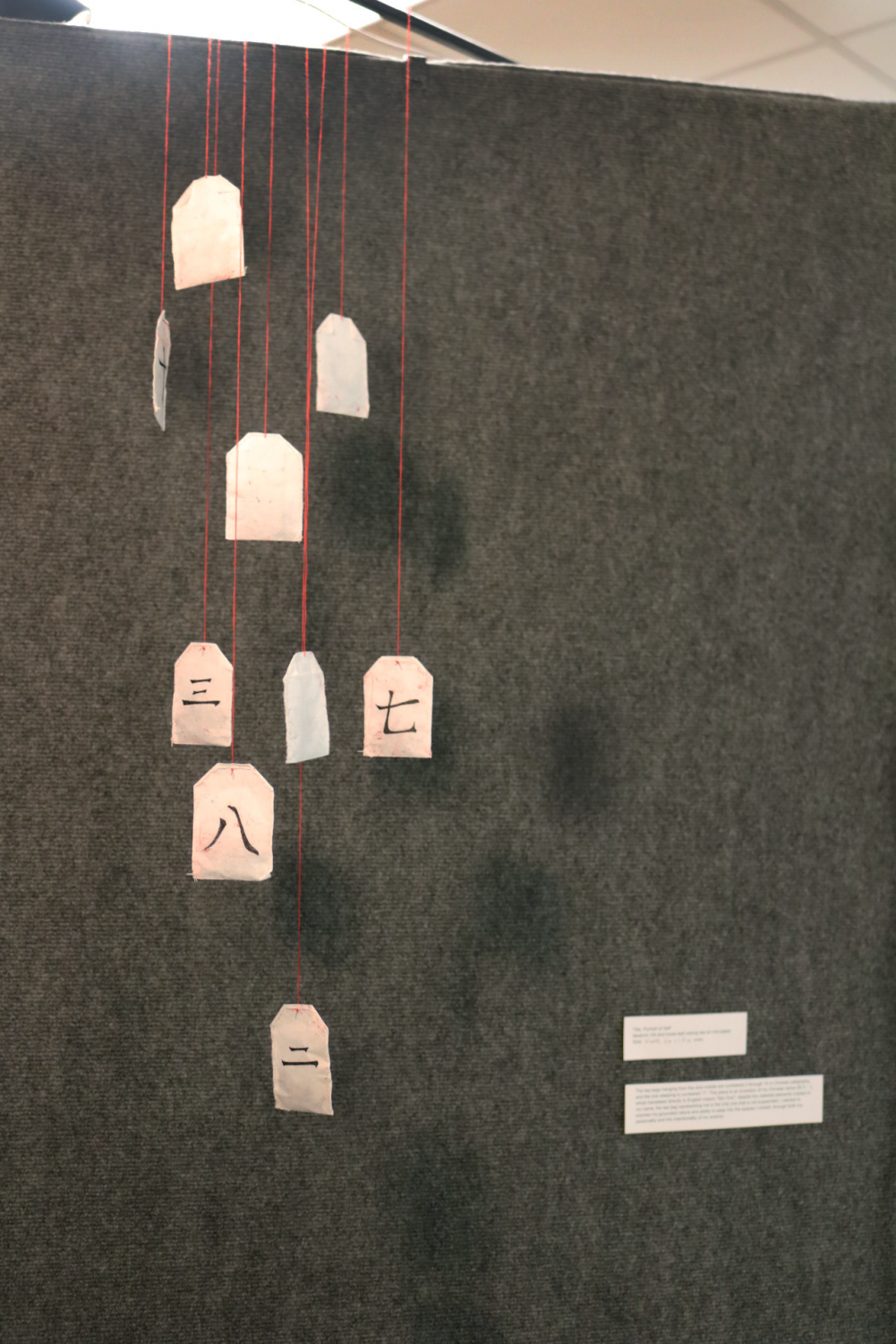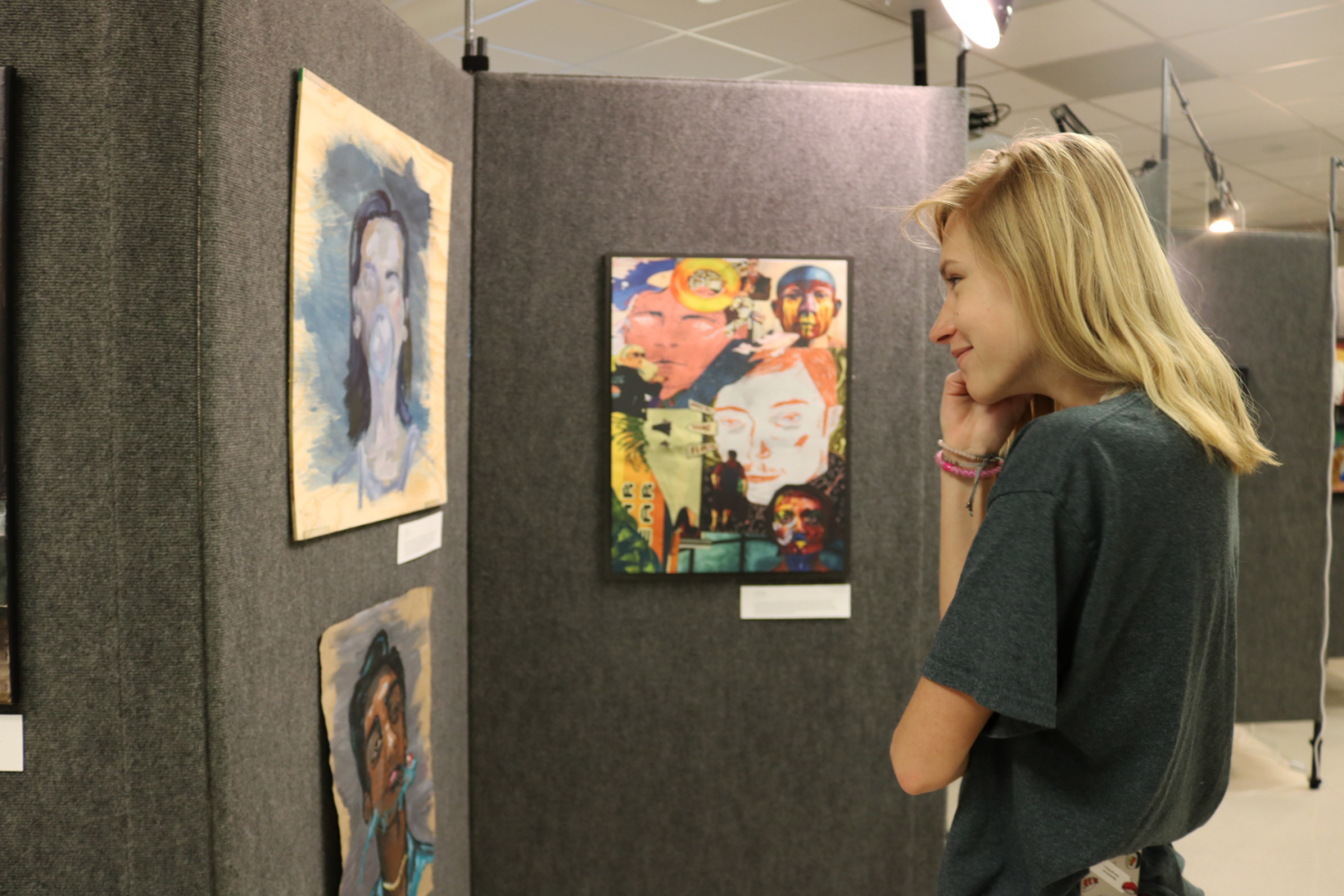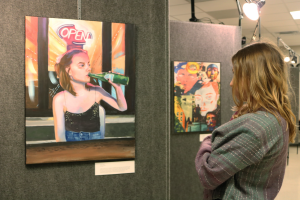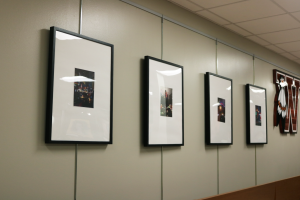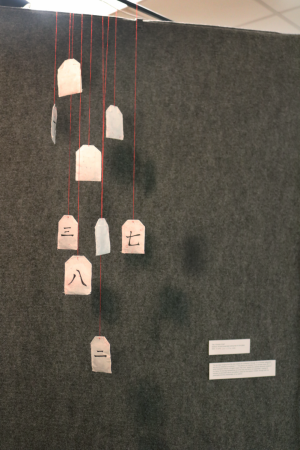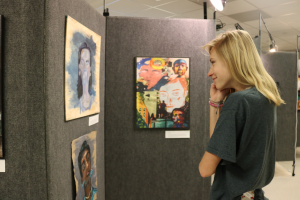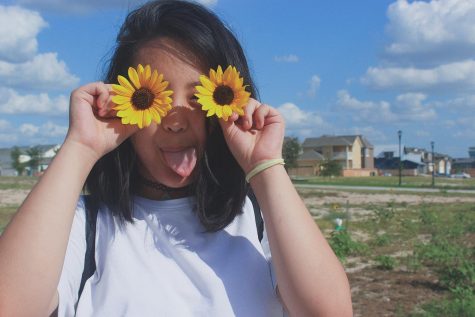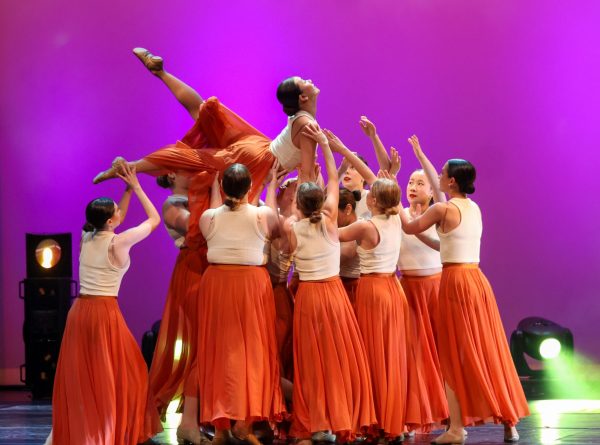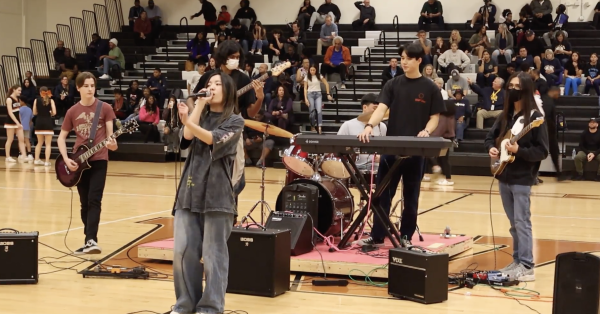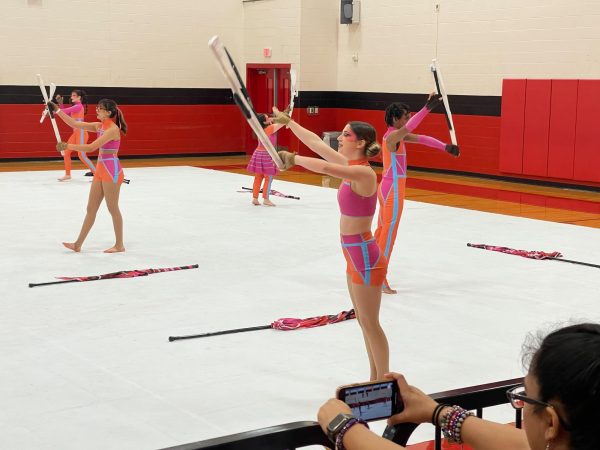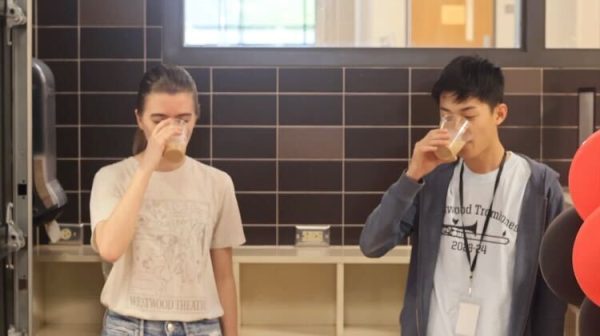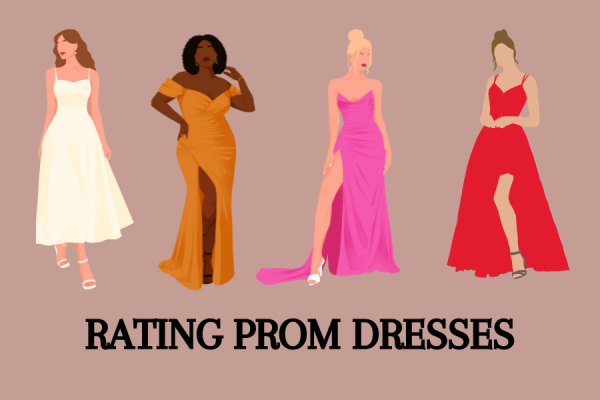IB Seniors Present a Diverse Interpretation of Art
After a two-year long assignment, IB Art students were able to showcase their pieces in the IB Art Exhibition, which took place in the Lecture Hall throughout the week.
The assignment was left fairly open-ended, with the guidelines being that the pieces had to be coherent either in style or in theme. The exhibition included art from Catherine Lu ‘19, Heidi Jackson ‘19, Malaya Wright ‘19, Tanya Chen ‘19, and Alisha Rawal ‘19. All of the artists provided a diverse interpretation of their chosen theme or style, with every piece having a title as well as an interpretation of the theme or style chosen, and a description of every piece.
It is easy to gain insight into the personalities of the artists and the ideas they value most because of the art they have chosen to put in this exhibition, as every student’s pieces were completely unique from their counterparts. Wright set her art around the theme of diversity and the different faces of black beauty through various portraits of women, some simply in black ink, “express[ing] the diversity of black folk” to “showcase the complexity of race and the complexity of individuals.” Through a completely different interpretation of values, Jackson focused her pieces around her Bahá’í Faith and how faith affects her. She does this through implementing light and dark colors to “interpret dark as only the absence of God’s light or ‘good.’”
“I feel like when you talk about art there are a couple different categories it falls under: belief systems, exploring something you see, and art for art’s sake,” Jackson said. “I think in IB you’re forced to do something observational or something you’ve been thinking about for a long time. I’m a religious person so I think about religion quite often, especially in comparison to others because my beliefs are different. You’re always exposed to Christian beliefs, especially in school; you have holidays off and what’s happening is what the belief is. It’s interesting to apply your own beliefs to what you see and hear and do.”
Lu decided to present her art in a distinctive way, unexplored by anyone else in the exhibition. She produced photographs from her time being in a taxi in China, and the photos are all focused on different lights and aspects of the city, meant to “remind [me] of the texture of heavy paint and the application of brush strokes.” Rawal presented her art by way of portraits, either painted or drawn. As all of the subjects were her friends, she focused the portraits around the importance of body language and the “silent conversations around them.”
“I’m really interested in the way we communicate unintentionally,” Rawal said. “What I care about most in my friends and other people is authenticity and I feel like body language relates a lot to authenticity because it is about what you’re communicating that you actually feel, which may not be what you want other people to know. There’s a lot of complexities within body language that have been unexplored. Body language is about establishing human connections in a real and authentic way and exploring that has helped me to understand other people and myself better.”
The IB program is one that differs from other core classes and electives as it delves deeper into connecting the information taught to the world around us. The program is also much more open-ended and free in terms of art and writing, without the usual limits and boundaries often set on these aspects of school.
“I think what is special about IB over classes is that there’s a strong value for the arts that is missing in a lot of school,” Rawal said. “If you actually want to live a meaningful life, art is going to be apart of it.”
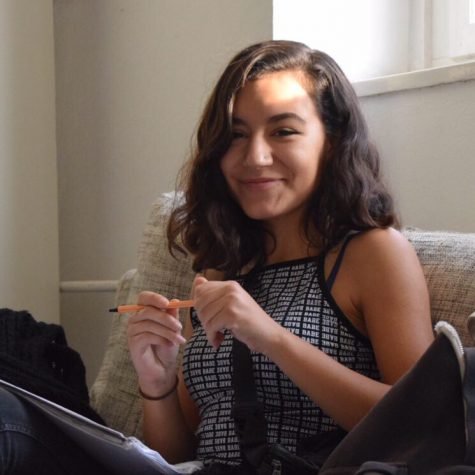
Hello! This is my first year as an Opinions Editor and my second year being on Student Press. My main focus as a part of this program is to help share...


